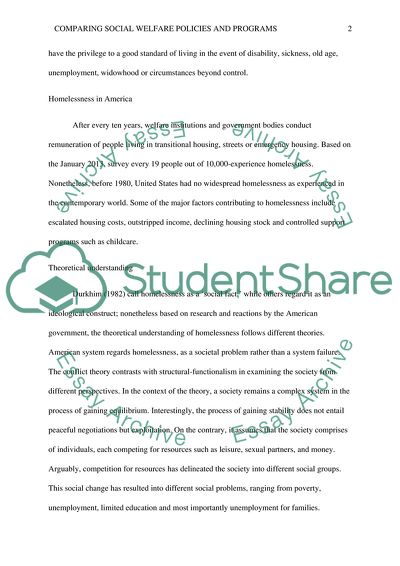Cite this document
(“Comparing Social Welfare Policies and Programs Research Paper”, n.d.)
Comparing Social Welfare Policies and Programs Research Paper. Retrieved from https://studentshare.org/sociology/1668233-comparing-social-welfare-policies-and-programs
Comparing Social Welfare Policies and Programs Research Paper. Retrieved from https://studentshare.org/sociology/1668233-comparing-social-welfare-policies-and-programs
(Comparing Social Welfare Policies and Programs Research Paper)
Comparing Social Welfare Policies and Programs Research Paper. https://studentshare.org/sociology/1668233-comparing-social-welfare-policies-and-programs.
Comparing Social Welfare Policies and Programs Research Paper. https://studentshare.org/sociology/1668233-comparing-social-welfare-policies-and-programs.
“Comparing Social Welfare Policies and Programs Research Paper”, n.d. https://studentshare.org/sociology/1668233-comparing-social-welfare-policies-and-programs.


